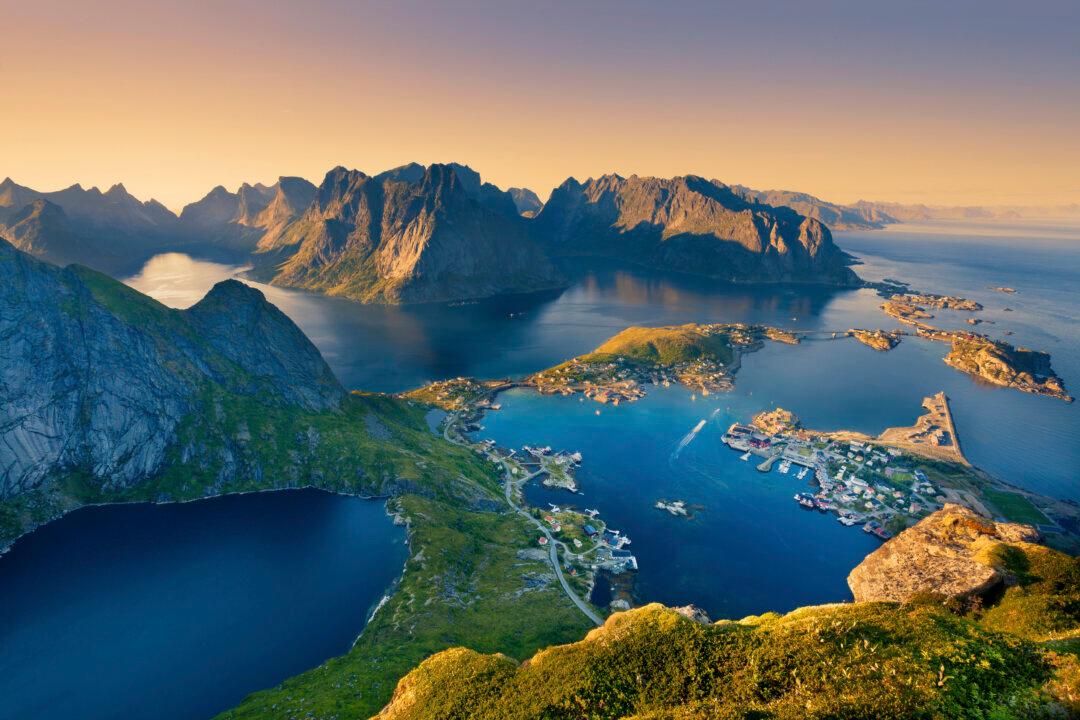At the start of each year, Norway hands out new licenses for offshore oil and gas development. Typically, these “Awards in Predefined Areas” (APA) receive little coverage outside of the specialist media. But this year was more controversial, after the country’s energy minister argued that the environmentally-sensitive Lofoten islands “must at some point come into play.”
Lofoten is a unique and stunning archipelago in Norway’s far north, where huge unspoiled mountains rise out of the ocean. Located at the end of the Gulf Stream, it’s unusually mild for somewhere beyond the Arctic circle. Large coral reefs found to the west of the islands mean that the region’s cod-filled waters are protected by domestic laws and international conventions.
Despite the energy minister’s comments, no licences were actually offered immediately next to Lofoten—this time. And those that were offered in the region were all further from Lofoten than the closest existing one, which is around 70 kilometers from the southwest edge of the islands and is operated by state-owned Statoil, who are yet to start drilling. Nonetheless even the prospect of future development was enough to worry environmental groups, and has led some to question the country’s commitment to addressing climate change despite the 2015 Paris agreement.

